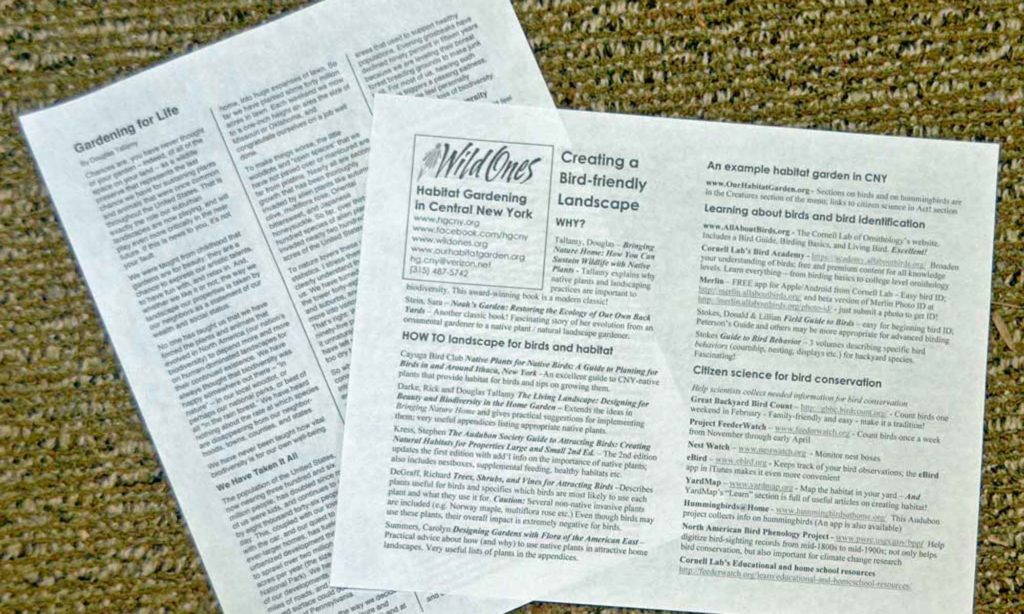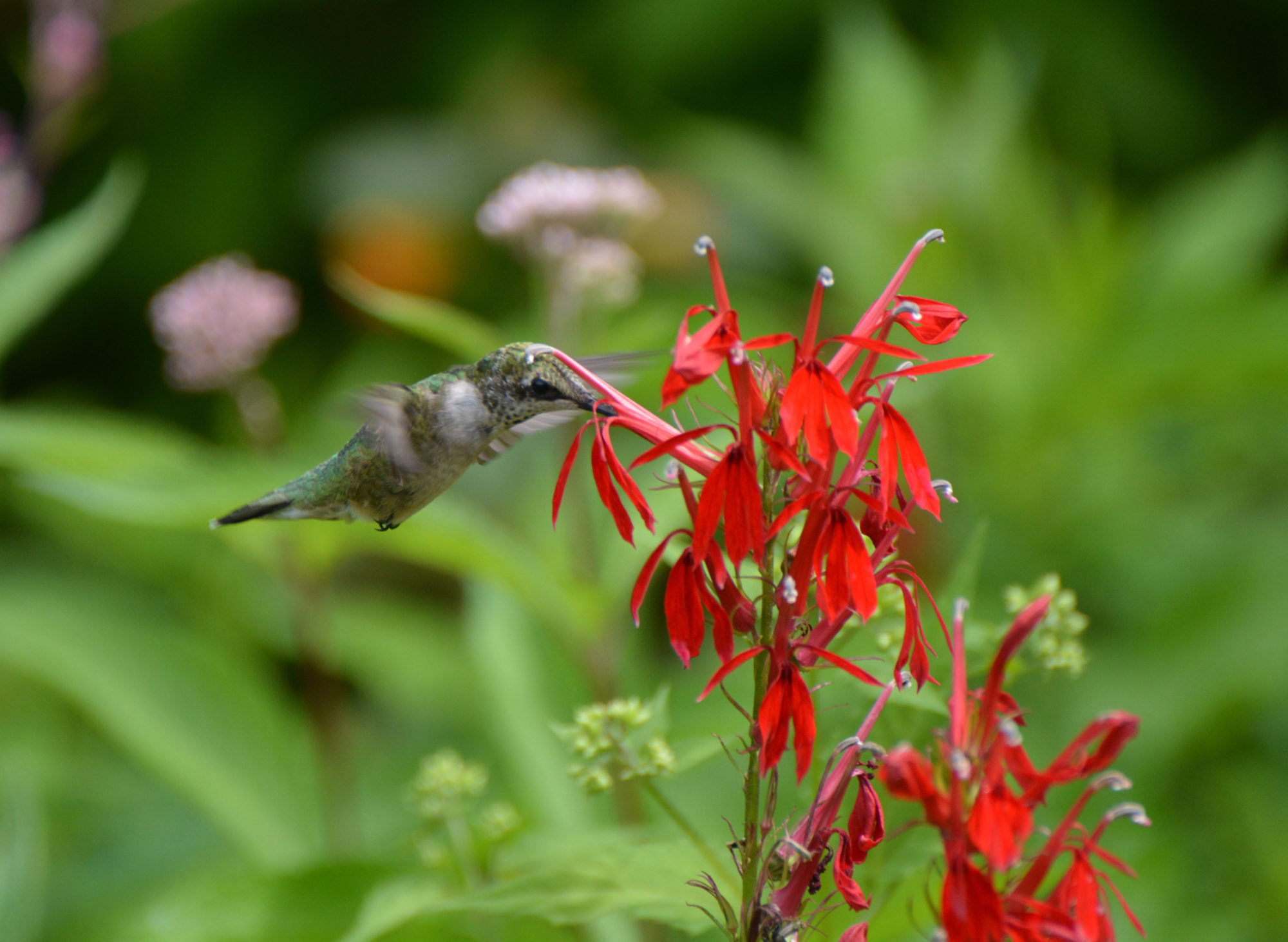Wild Ones Statement on the Use of Natives – Position paper, REVISED 2021
From the Statement – A conclusion by Doug Tallamy, a Wild Ones Honorary Board Member:
“It is a bad idea to load the landscape with cultivars that have no genetic variability… I think the safest policy right now is to encourage the use of straight species. Ask for them at your local nursery; encourage nurserymen to start stocking more straight species. The nursery industry has not embraced the message that native plants are more about ecosystem function than about looks. We have to convince them that there is a market for plants with high function.”
From Wild Ones
These are just a few of the articles published in the Wild Ones Journal. Become a member of Wild Ones and you’ll receive the Journal!
National Wildlife Fed’n Native Plants
Doug Tallamy worked with NWF to create a list of especially important (“Keystone”) plants for each Ecoregion. We here in CNY, along with much of the land east of the Mississippi, are in Ecoregion 8, the Easter Temperate Forests region.
Below are the lists, available at NWF. Click on the button or go directly to NWF to download the lists. There are additional lists available, which, for example, show the top 15 insects that use the leaves of the particular plant. And here is a list of butterflies in the ecoregion. Amazing information!
HGCNY fact sheets

We’ve developed these fact sheets for Central New York. Much of the information is suitable for other parts of the country, but check to be sure.
Our compilations
We’ve gathered information relevant to CNY from other sources:
Wonderful Life of a Dying Tree
From Cavity Conservation (posted by permission)
Recommended shrubs for birds
Recommended Plantings for Migratory Songbird Habitat Management
by Susan Smith & Scott McWilliams (posted by permission).
Jumping worm fact sheets
JWORM Homeowner Guide – From the Jumping Worm Outreach, Research, and Management group – JWORM (2021) Excellent!
Jumping Worms – From Cornell Cooperative Extension
Starting plants from seed
The appendices of the William Cullina books are an excellent resource, but unfortunately they’re out of print. They may be available in the library or as a used book. But here are some other handy resources:
IMPORTANT: Please use your own local ecotype seeds.
Wild Seed Project: Returning native plants to the Maine landscape – This may focus on Maine, but many of the same plants grow in our ecoregion, so this is a good resource for us, too.
Some online native plant nurseries provide some good seed-starting advice, too. One example is Prairie Moon Nursery. We’re not in a prairie ecoregion, but many of the same plants are native here.
